The Survival of Soap Opera (Part Two):The History and Legacy of Serialized Television
/The second section of The Survival of Soap Opera looks at the deep history of the stories and characters on U.S. soap operas and the unique ways this genre draws on a show's backstory (or, in some cases, does not make good use of such history). This part of the book includes multiple reflections on the similarities and differences between serialized primetime genres and daytime serials. Below, several of the contributors to this section answer some questions about how contemporary U.S. soaps relate to their backstories. Kay Alden is co-head writer of The Bold and the Beautiful, a former consultant for ABC Daytime, and the former head writer for The Young and the Restless, a show for which she wrote from 1974 to 2006 and won four Daytime Emmys and two Writers Guild of America awards. The book includes a piece based on Sam Ford's interview with Alden about what makes the soap opera genre unique.
Sam Ford is Director of Digital Strategy at Peppercom Strategic Communication, a research affiliate with the Program in Comparative Media Studies at MIT (where he conducted Master's thesis work on soaps and taught a course on the genre), and an instructor with the Popular Culture Studies program at Western Kentucky University (where he is teaching a class on soaps) who has published work on the genre for Fast Company, Portfolio, and Transformative Works and Cultures. Ford co-authored the book's introduction, "The Crisis of Daytime Drama and What It Means for the Future of Television." He also wrote an essay for the collection, entitled "Growing Old Together: Following As the World Turns' Tom Hughes through the Years."
Lynn Liccardo is a longtime soap opera critic and active member of the online soap opera fan community who has written for Soap Opera Weekly and currently writes on the genre at her Red Room member blog. Her essay in the book is entitled "The Ironic and Convoluted Relationship between Daytime and Primetime Soap Operas."
J.A. Metzler is a lifelong soap opera viewer who runs a boutique marketing and communications consultancy and formerly participated in a daytime writer development program. His essay in the collection is entitled "Did the 2007 Writers Strike Save Daytime's Highest-Rated Drama?"
Christine Scodari is a professor of communication and multimedia studies and a women's studies associate at Florida Atlantic University who has written numerous pieces of scholarship on issues of gender and age in soap operas, including her book Serial Monogamy. Her essay in the collection is entitled "Of Soap Operas, Space Operas, and Television's Rocky Romance with the Feminine Form."
Why is the history of U.S. soap operas so vital to their continued survival?
Sam Ford: U.S. soap operas may be one of the most hyper-serialized forms of storytelling in history, but it certainly does not "own" serialization. As many essays in our book point out, there are many ways in which primetime television and other types of storytelling are often "doing serialization" better than daytime serial dramas these days. Yet what sets the U.S. soap opera model apart not only from primetime serialized television shows these days but also from telenovelas and other adaptations of the soap opera genre is their history. As soap operas look to compete in an increasingly cluttered media landscape, the industry's answer is often to adapt what they have to offer to what it seems audiences want: thus, we hear discussion about the MTV-ization of our culture or else reality television's effect on audience expectations, and many people in the soap opera industry start thinking and talking about how soap operas need to adapt to these changes. My response is quite the opposite: that soap operas have to stick to their major points of differentiation in storytelling style, even as they change with the social stories of the times. In short, rather than trying to tell their stories more quickly to compete with primetime serialization, soap operas have to think about what primetime cannot do. Primetime shows can do CGI better than daytime dramas because they have bigger budgets. Primetime has a better chance to do location shoots these days. What primetime can't do is tell stories with characters who people have been following for decades, with such complex backstories and generations of fans who have grown up watching these shows.
As soap operas concentrate on quick-fixes to jump start the genre instead of leaning on the history that sets the genre apart, these shows run the risk of distancing themselves from their very points of differentiation. For instance, my work has concentrated on the now-cancelled As the World Turns, a show that maintained one of its core families for its entire 54-year run and had multiple actors who had been in the same role for up to five decades. My essay in this collection focuses on the character of Tom Hughes, who audiences watched from birth in 1961 to the show's cancellation in 2010. No other form of entertainment can accomplish that sort of storytelling, and the rich history and complexity such storytelling drives cannot be duplicated elsewhere on television. (I've made the argument elsewhere that narrative worlds like the super hero universes of Marvel and DC, the pro wrestling narrative world, or the "real" worlds of various sports leagues or political news might rival the "immersive story worlds" of soap operas in their longevity and depth.) In our collection, Jason Mittell's piece points out the many ways in which primetime serialized television differs from daytime soaps, rejecting the notions of many who feel that complex primetime television narratives are a direct descendant of U.S. soaps. And, elsewhere, Jason writes about complex primetime television shows as having a high degree of "drillability," with dense texts that have multiple layers of meaning to unpack. Soap operas achieve complexity as well, but--to Jason's point--in a much different way than primetime shows. Rather than a (relatively) small number of episodes that are quite dense, soap operas achieve their complexity through accretion--by telling the daily stories of characters over the course of decades and thus relying on collaboration with their audiences in comparing any current moment in the text with the deep history of those characters. Primetime television shows cannot provide those pleasures, and yet daytime soap operas very rarely take full advantage of the types of stories only they can tell.
Have you seen examples of today's soap operas in the U.S. taking advantage of their histories in powerful ways that you believe exemplify what the soap opera genre is supposed to do?
Sam Ford: There were certainly elements of the end of As the World Turns which played on the rich history of those characters and the show. In particular, bringing back longtime show favorite Dr. John Dixon after several years of absence from Oakdale was a fantastic nod toward fans, as was featuring several of the show's most enduring faces more prominently in the show's final months. Meanwhile, while I didn't watch it myself, I heard many great things about Days of Our Lives' treatment of the death of show matriarch Alice Horton in 2010 after portrayer Frances Reid's death. J.A. Metzler's piece in our book highlights The Young and the Restless' renewed focus on longtime character Katherine Chancellor as a sign of how that show gained some traction by recalibrating its focus through the writer's strike, and The Bold and the Beautiful writer Kay Alden writes in her piece about how that show has retained focus on four central characters from its premiere to the current day. These examples are stark reminders to fans of why they still watch soap operas in particular and the pleasures that soap operas provide that cannot be found elsewhere. My suspicion would be that it is these moments, periods, eras, and elements which keep millions of U.S. viewers still dedicated to a genre that is clearly in decline.
Why do these soap operas ignore or not properly make use of that rich history?
Sam Ford: Writers too often see the history of soap opera story worlds as a point of risk rather than a strength, especially as writing teams move from one show to another and thus have decades of history to catch up on. That leads to new writing regimes bringing in new characters and downplaying those characters they are afraid they can't write so well. Rather than seeing fans' desire for continuity as a way to engage with them and draw them in, it's seen as a negative: to avoid fan complaining, writers just stay away from history they don't know that well. I've had head writers of shows complain to me in the past about how difficult it can be to come on board a new show and try to catch up on storylines of years gone by, especially now that these shows have several decades of history. Much of the problem has to do with resources: many shows don't have digitized or easily accessible archives to review history and, even if they do, there is so much history to catch up on, and writers are expected to write 260 original episodes each year. So, if you aren't already steeped in the history of the show you write for, it's extremely hard to get caught up. In my mind, that means knowledge of and history with the franchise should be a requirement for being hired to write for a soap, but it's typically not.
J.A. Metzler: As ratings for all soap operas have eroded over time, I think that soap producers and writers have sought to find alternate ways to build a viewing audience. I think many producers/writers have been trying to "recreate the wheel" instead of relying upon the tenets that have long made serialized storytelling popular: character consistency; evolution of a character or set of characters over time; and a certain feeling of familiarity that comes with "visiting" with these characters on a regular basis. I think too many have tinkered with the older, more tested formula, ignoring their shows' rich history and consistency in order to try and evolve to a new formula driven by a faster-paced, plot-based type of storytelling with a revolving door of younger, unfamiliar characters, in the hopes of engaging a new audience of viewers who they believe have a limited attention span for slower-evolving stories based on character and continuity.
In what ways are contemporary U.S. soap operas failing to use their history in compelling ways?
Lynn Liccardo: There was great excitement among As the World Turns fans when word leaked out that Julianne Moore would be briefly reprising her breakout role of Frannie Hughes. Her appearance was to celebrate the 25th wedding anniversary of Frannie's father and step-mother (and aunt), Bob and Kim Hughes, which coincided with the show's 54th, and final, anniversary this past April 2nd. As it happens, on April 2nd, I was in St. Louis, presenting my essay for The Survival of Soap Opera, on the Capitalizing on History panel at the Popular Culture Association/American Culture Association conference. You just cannot plan that kind of irony.
Had I not known of Moore's appearance two episodes hence, and, had I not seen a clip somewhere online of her lifting a glass to toast her parents, the April 1st episode might have given me false hope for how the show would close out its 54-year run. The episode opens with Kim and Bob celebrating their anniversary over champagne at the Lakeview. Kim gives Bob a framed photograph of their cabin, which she had redecorated. She tells him that she's made sure that his schedule was clear so the two of them could spend a long weekend together. But Bob's schedule had changed, and he wants to postpone their getaway. With the conflict in place, the stage was set for the kind of story that could have - make that should have - been the linchpin for the show's final months. Instead, it was all over in three short episodes that barely scratched the historical and emotional surface before all was resolved.
While ATWT had used the short-arc format extensively in 2008-9, after the show's cancelation was announced in December 2009, the writers had returned to soaps' more traditional narrative structure. Why the show chose the short-arc for Kim and Bob's anniversary reveals great deal about TPTB's attitudes towards both longtime fans and the show's history. Before I get into why, a little bit of background about the couple. Bob Hughes was a young boy when ATWT began in 1956. He may well have been the first character to be SORASed (soap opera rapid aging syndrome) when Don Hastings took over the role in 1960. Kathryn Hays began playing Kim Sullivan (Reynolds, Dixon, Stewart, Andropoulous, Hughes) in 1972. The admitted doppelganger of ATWT's creator, Irna Phillips, Kim proceeded to seduce Bob, who was married to her sister (Frannie's late mother, Jennifer). For more than a decade, Kim and Bob suffered the consequences of their indiscretion. But, by 1985, the couple was deemed sufficiently rehabilitated to marry and assume the role of tent pole characters previously occupied by Bob's parents, Nancy and Chris.
In recent years, ATWT had abandoned its traditional intergenerational storytelling in favor of more isolated storylines (see here). So the flashbacks interspersed in the second episode of the arc filled in the backstory for newer viewers. For this longtime fan, it was an exercise in ambivalence: while I was delighted to see the show's glorious past, those flashbacks were also a bitter reminder of just how much had been lost. The emotional depth so apparent in the flashbacks stood in stark contrast to the superficial, even trivial, manner in which Kim and Bob's story was playing out.
There were no good guys or bad guys here. Both characters' points-of-view were valid and easily understood. Bob was reluctant to give up his profession and concerned about the legacy he would leave; Kim, worried about the serious health issues both had dealt with the previous year and tired of playing second fiddle to Bob's career, wanted to spend more time with her husband. In fact, the tension between Kim and Bob mirrored aspects of the tension between Bob's protègè, Reid Oliver, and legacy character Luke Snyder as the two embarked upon their short-lived relationship.
This brings up another issue. When fans complain about soaps' lack of intergenerational storytelling, TPTB often point to the budget restrictions that limit the number of actors per episode. Okay. But Kim and Bob were on fairly often in the final months, so the actors were already getting paid. However, with Kim and Bob's problems so quickly resolved, the characters' only purpose was to prop Reid and Luke and their son Chris. Tom was right when he said of his father and Kim, "If they can't make it, what hope is there for the rest of us?" How much richer the story would have been if all the couples trying to find their way back to each other could have learned from Kim and Bob's troubles.
And the conversations: Kim with her niece, Barbara, and daughter-in-law, Margo; Bob with his sons Tom and Chris and grandson Casey. The old rivalries referenced: Bob's first wife and Tom's mother, Lisa, and the impact being a child of divorce had on Tom, for instance, or Bob's affair with Susan Stewart, the mother of Casey's girlfriend, Alison. All of that could have been spread out and fully examined over the show's final months. Instead, some of the interactions reduced characters to farce: both Lisa and Susan trying to seduce Bob as a test to prove that he really loves Kim. Really? Now, of course, maybe if this had been a facet as the story evolved the course of several months...
Not to belabor my almost morbid fascination with Executive Producer Christopher Goutman's psyche, but I have to say that, like the train wreck that killed Reid Oliver; the first time Luke and his first love, Noah, made love, and the death of the show's matriarch, Nancy Hughes, there was a perfunctory quality - even patronizing, and almost spiteful - about how Kim and Bob's story was shoehorned into these three episodes. It was almost as though Goutman was taunting longtime fans: "Look how we remember the show's history, and, yes, we actually do remember how to lay out this kind of story and write these kinds of scenes; but three episodes is all you're going to get. So, be satisfied, and don't complain." And, for the most part, that was exactly the response from fans and the soap media. Other than a few laments about the story's brevity, I don't recall see any critical comments on the boards. It seems that fans have been conditioned not just to accept these crumbs, but to be grateful for them - even if TPTB make a mockery of the show's history in the process.
Kim and Bob's truncated story was a far cry from how ATWT's sister show, Guiding Light, closed out its 72-year run in 2009 with the marriage of Vanessa and Billy Lewis. Both were long characters, to be sure, but not nearly as deeply-woven in Springfield's canvas as Kim and Bob were in Oakdale's. And, while, as a couple, Vanessa and Billy had their fans, theirs was not a manifest destiny. In fact, there were a few on the boards who would have preferred that Vanessa remarry another former husband, Matt Reardon. But Kim and Bob were forever.
Funny story: I came across the questionnaire I filled out for C. Lee Harrington and Denise Brothers' essay for the book, "Age and Aging in Soaps." Here's what I wrote back in 2007: "What I'd really like to see is a former love come into the life of a vet...(but) I'm not interested in seeing a marriage - Tom-Margo, Bob-Kim - threatened." While I'm sure I meant it at the time, I would have so loved for As the World Turns to have ended its 54 years showing Kim and Bob fully confronting their conflicts, secure in the knowledge that they would, indeed, resolve them.
What is the relationship between these soap opera and other forms of serialized television drama in the U.S., such as reality television or primetime scripted dramas?
Kay Alden: When reality TV descended upon us, unlike some others, I did not view this development as the harbinger of the death of the soap opera. Instead, I argued that the sudden popularity of such programming increased the likelihood of the survival of the soap opera, in that these reality shows inherently draw their support from the innate human desire to know "what happens next," which is our stock in trade in soapdom. I believed at that time that the enormous popularity of the reality shows would not sustain because of the lack of knowledge the audience has of the characters, unlike in soap opera, where viewers have known these characters often for many years. I believed that this type of programming is inherently formulaic, and, between that fact and the lack of well-known, well-drawn characters, I did not believe that reality TV, over time, could compete with what we do in daytime television via the scripted medium. I did hope, however, that seeing a new public interested in this type of serialized drama might somehow transfer to a new, younger demographic available for daytime serials. Regrettably, such transference has not occurred.
It is interesting to note that, in many reality programs, more attention is now placed on the characters - who these people are whose lives have been brought together for the duration of the program; who will form alliances; who will be the successful manipulators? Reality TV has learned the lesson well, that in order to succeed, an audience needs to care about the characters involved. Choosing the cast of Dancing with the Stars has now become a significant facet of the show, as producers hope to cement viewer involvement with their "characters" even before the season actually begins. Survivor promotes the characters in their upcoming season as the primary draw for viewers to tune in. Thus, I maintain, reality TV has learned what we must always remember in our soap opera world: daytime drama is a character-based medium. It is the characters, far more than clever plot twists, which keep viewers tuning in again and again. In reality TV, the plots are simple. The drama is the contest: who will win the game. But the relationships among the characters, the friends and foes that develop, the alliances, the manipulations...these are the facets that keep viewers involved. Now, the question is: what can we learn from this new venue that has so successfully entered our realm and captivated the viewing public? Immediacy, surprise, fresh plot twists...all these are important. On The Bold and the Beautiful, we have recently tried to find ways of adding more of the "reality" perspective, with our real-life shows among the homeless of Los Angeles and subsequent additional reality segments we will be featuring on the show. But, above all, we in soap operas must continue to concentrate on our well loved and well understood characters. This is where we in daytime drama have the supreme advantage, with shows that have been coming into viewers' homes for years and characters our audiences know and love. In the quest to reach out and garner new audience, let us always remember that it is our beloved characters which provide our first and foremost draw for loyal viewership.
Christine Scodari: I've seen it dozens of times, whether I'm casually perusing online forums devoted to primetime dramas or systematically investigating them for my research. "Why must every show have a romance?" a fan queries. Another chimes in, "I'm tired of them shipping the male and female leads." Then, almost like clockwork, there's the rub: "This is not a soap opera!" Not only do such exchanges refer to something essential (but not unique!) to the soap opera genre (developing romantic relationships or, in fanspeak, "ships" between ongoing characters) but implicitly to another ingredient that makes the first one possible and, perhaps, probable--serialization.
Before 1978, when Dallas (CBS, 1978-1991) debuted, there had only been a couple of short-lived soaps in prime time. Except for these and one or two series in which the leads were married from the start, there were no developing romances between ongoing characters in U.S. primetime dramas during network television's first three decades. Prior to the 1980s, nighttime dramatic series were structurally episodic, and save for maintaining the basic premise, setting, and slate of regular characters (anthologies, of course, didn't even have these), each episode was its own mini-movie. Guest players entered and left the canvas within the hour, including villains and objects of affection for the primarily male heroes. Thanks to an amnesia-inducing reset button, whatever guest characters the regulars loved, or fought, or mourned in the previous episode would conveniently be forgotten the following week. Star Trek's (NBC, 1967-1969) Captain Kirk may have had his disposable girl-on-every-planet, but, while Della Street pined for the title character in the legal drama Perry Mason (CBS, 1957-1966) and Miss Kitty Russell eyed Marshall Matt Dillon in Gunsmoke (CBS, 1955-1975), these long-suffering regulars never got to first base.
The show most credited with ushering in the hybridized, serial-episodic primetime drama and the related phenomenon of developing romances between ongoing characters is Hill Street Blues (NBC, 1981-1987). However, neither it nor its many imitators are true soap operas. As Thompson notes in From "Hill Street Blues" to "ER": Television's Second Golden Age (1996), Hill Street's creators were ordered by the network to insert at least one plot each episode that would begin and end within the hour. And that they did, usually by bringing one or more professional storylines to closure while attenuating the personal ones. Such series were showered with Emmys and lauded as innovative and gutsy for their long-term character arcs and sink-in-your-teeth acting, with nary a nod to the much-denigrated genre that actually pioneered such storylines (albeit in low-budget fashion).
Since then, mushrooming media options and accompanying audience fragmentation have made serial and serial-episodic primetime dramas into riskier investments for the major commercial networks. Viewers who miss a week or two of complex plotting become frustrated and often drop off. As a result, such series fare worse in both first-run and syndication than episodic, procedural dramas such as those associated with the "Law and Order" and "CSI" franchises. Daytime soap opera viewership has, logically, declined for many of the same reasons. The new model for serial-episodic drama series in prime time is one that is more episodic than serial. Its epitome is CBS's The Good Wife (2009-present), in which a long-term arc anchored in attorney Alicia's troubled relationship with her politico husband and flirtation with a partner at her law firm very sparsely peppers each installment, while the "A" plot of each episode is one open and quickly shut legal case. Meanwhile, daytime dramas languish as their numbers dwindle, their business model insufficient to address today's realities. In a spate of experimentation to see what, if any, primetime traits might be emulated in order to improve its prospects, daytime has lately dabbled in storylines sampling every dramatic subgenre from the occult to organized crime to high school musicals and forayed into reality TV territory, in part by incorporating talent and other contests into its plots. These gestures have one thing in common; they are efforts to nestle shorter-term storylines within longer arcs, just as competitive reality series tell a weekly tale of which contestant will be eliminated in the course of weaving a seasonal narrative about who the ultimate victor will be.
Even for soaps, then, it seems that serialization and the intricate, patiently plotted character stories it can engender are becoming suspect. The pivotal contribution daytime made to the development of "high quality" primetime drama has been persistently overlooked, and now this very feature--serialization--is one to be gingerly employed, if not drastically curtailed, wiped away like that soapy ring around the tub. Perhaps the anti-shippers need only wait--wait until soap operas themselves fade away and inflexibly episodic series are again so dominant in primetime that elegantly evolving relationships between regular characters are virtually impossible to assemble.
I, on the other hand, would mourn that eventuality.
Lynn Liccardo: My focus has been on the relationship between daytime soaps and primetime scripted dramas - hence the title of my essay for the book, "The Ironic and Convoluted Relationship between Daytime and Primetime Soap Operas." So, it's no surprise that, as my daytime soap viewership came to an end with the final episode of As the World Turns this past September, I was looking at several primetime shows to take up the slack, one in particular: the CW's Life UneXpected. But as the wise Yogi put it so well, "It's like deja-vu, all over again."
Creator Liz Tigelaar's experience as an adopted child inspired the story of sixteen-year old Lux, who seeks out her birth parents. The show surely would have resonated with soap opera's creator, Irna Phillips, whose difficult relationships with her adopted son and daughter provided material for powerful stories on As the World Turns and Another World. Like Friday Night Lights and Mad Men, LUX (yes, the wordplay between the title and the title character is a bit precious) is one of those modest stories of the day-to-day lives of ordinary people. LUX was always a strange fit on the CW (a joint venture between CBS and the old WB), a fact the network acknowledged when the show premiered in January 2010:
The drama is unlike most of the CW's current schedule, because it's not about sexy high schoolers in Beverly Hills or sexy college students on the Upper East Side. Instead, it's a mature, adult drama.
The show has more in common with classic WB dramas like Gilmore Girls and Everwood, dealing with the relationships between parents and children. Not only is it the best new show of 2010, but it's certainly the best new show the CW has produced in its four years on the air.
Indeed it was, but that was then. Just before the second season premiere the very week ATWT left the air in mid-September, Tigelaar gave a candid - very candid (were that former ATWT executive producer Christopher Goutman as forthcoming about the network interference he had to deal with over his 11 years with the show) - interview detailing the changes the CW demanded before renewing Life UneXpected last spring. "I could tell tales about Baze and Kate and Lux and Ryan the rest of my life and not get bored. The CW would kill me and cancel my show, but I seriously could."
And I would happily watch Tigelaar's tales. Sad to say, the second season reminds me of what daytime soaps have become: a few beautifully written moments squeezed in-between what the network wanted from Tigelaar: "to introduce new characters, to provide more conflicts, foils, love interests to all the main characters." In the words of The AV Club's Todd Vanderwerff, "Can we maybe get some more superficial conflict in here?" So, for its second, and likely final, season LUX morphed from "a mature, adult drama" to one more CW show about a "sexy high schooler," in this case, having an affair with her teacher while thoughtlessly betraying her best friend.
Fan reaction was predictable. For ShellySue at TWoP:
Last night I was thinking, "This show is horrible. I can't possibly watch it anymore. It used to be a good show with so much potential. What happened?" At that same moment ShelleySueTeenDaughter said, "This show is great. I can't believe I ever didn't like it. It was so boring in the beginning. I'm glad they made it more interesting." So it's clear to me that I'm hating this show because it isn't written for me anymore (if it ever was). To bad, because I really used to enjoy it.
Tigelaar gets character - and she gets soap opera - "I love those conventions, I love those moments...I love those soap opera storylines..." She has worked on some of the primetime shows I've always believed embodied the ethos of your mother's soap opera: "an ensemble of fully developed, multi-generational, middle-class characters shown in open-ended, inter-connected, intimate stories, where the actions of one character reverberated for all," among them American Dreams and Dirty Sexy Money. Yes, yes, I know the Darlings were filthy rich, but, in the first season, the family relationships were grounded in emotional honesty. That is until ABC programmers started mucking around with the second season, then cancelled the show. The recent announcement that the CW was not ordering additional 2nd-season episodes beyond the initial thirteen suggests that Life UneXpected will soon follow suit.
The AV Club's Todd Vanderwerff speaks for many frustrated fans of these kinds of shows when he says:
If there's one thing networks believe in the very pits of their stomachs, it's that real life, life as it's really lived, cannot make for interesting and compelling television, despite the fact that the entire output of Marshall Herskovitz and Ed Zwick (thirtysomething, etc.), Friday Night Lights, and even the shows of David Simon suggest that writing small-scale stories about people living mundane lives can be really, really fascinating when done right
But the truth is, for the broadcast networks, the numbers simply aren't there for these kinds of small-scale stories. Friday Night Lights made it to five seasons only because of the deal NBC put together with DirecTV. Mad Men survives on AMC with fewer than two million viewers. So it's not surprising that there's a growing consensus that if serialized storytelling is to survive, it will be on cable - and not just premium cable.
In a recent article in the Wall Street Journal, Amy Chozick provides a clear and cogent explanation of how economics allow basic cable to take a chance on a show like Men of a Certain Age. CBS would have taken the show; after all, co-creator Ray Romano made the network a ton of money with Everyone Loves Raymond. But the network wanted changes - 30 minutes, more comedic - Romano was not willing to make. (For what it's worth: as mentioned above, CBS is one of the owners of the CW, which might account for what's gone on with Life UneXpected.) But Romano stood his ground, and Men of a Certain Age, which was well received by critics, returns for its second season on TNT on December 6th.
But it's not just taking a chance on a show: it's giving the show - and viewers - a chance. A cable show may get pulled after one season, but not before all thirteen episodes have aired - and in the same time slot. So, while a critically acclaimed show like Fox's Lone Star might not have survived more than one season, the show would have gotten a fair shot instead of being cancelled after two episodes. Losing Lone Star so quickly was particularly frustrating because the show had a fascinating, if edgy, premise - a con man leading a double life while trying to break with his past - with a cast that included Jon Voight and David Keith.
Of course, while Fox's decision to use Lone Star cannon fodder against ABC's Dancing with the Stars makes sense in the real world of broadcast networks - put your strongest show up against the toughest competition - why, when it predictably failed to beat DWTS, Fox didn't give the show a lifeline at FX is anybody's guess.
This is hardly a new phenomenon: Sam Ford and I had this conversation in 2006. The economic realities that force the broadcast networks to move shows around and pull serials after a couple of episodes have created something of a self-fulfilling prophecy; many viewers who've been burned before simply don't watch, or, if they do watch, don't allow themselves to become emotionally invested.
So maybe creators wanting to tell "small-scale stories about people living mundane lives" should follow Ray Romano's lead and not allow the broadcast networks to try to save any more of these shows by destroying the very qualities that make them so special. Had Liz Tigelaar gone to TNT or AMC instead of The CW when she was looking for a home for Life UneXpected, the show might be preparing for its third season rather than facing almost certain cancellation.
But, while cable offers hope for the future of serialized storytelling, there are challenges. The thirteen-episode cable season limits the depth of serialized storytelling. Fans on Television without Pity's FNL board were hungry for more; marnyh's comment was typical: "As much as I adore this show, it really was harmed by the abbreviated season. There was too much stuff I wanted to see more of, and too many characters I wanted fleshed out." As for Mad Men, on Ginia Bellafante's New York Times blog, one fan posited, "I'm sure we can all agree that Congress should pass a law that this show should be two hours, at least 40 weeks a year. Rest up, Mr. Weiner."
Then there's the question of gender. Because FNL, Mad Men, and, to a lesser extent, Men of a Certain Age, are about, well, men, or at least, manly pursuits, these shows are able to escape the "chick" label and, as a result, attract more media buzz. Witness Charlie Rose, one of the few places where in-depth conversations about popular culture take place. Rose's shows about FNL and Mad Men, have, with the notable exception of Connie Britton, have included only men. This is not to devalue the opinions of Matt Roush, Ken Tucker, and Bill Carter, but to suggest that people like Virginia Heffernan, Ginia Bellefante, and Alessandra Stanley, all of whom (and yes, I realized they're all at The New York Times) have written with great insight about these shows, and others, would enrich the conversation around Charlie's oak table.
Another example: Todd Vanderwerff's posted his observations about Life UneXpected on The A.V. Club, the entertainment section of The Onion. The A.V Club is a reference to "the olden times, a school's audiovisual club would be composed of a bunch of geeks..." Needless to say, AV clubs were largely populated by socially inept males. Hence, Michael Clayton's response to the Vanderweff post: "I think I grew an ovary just reading the first 2 paragraphs. Seriously though, I've never heard of this show. Why is AVClub covering it?"
As serialized storytelling continues its transition, there are questions that must be asked and answered: Who's the audience for these kinds of shows? How to identify potential viewers? And why is that audience so small compared to, say, reality shows? Since there is such and enormous range of serialized storytelling, exactly what do I mean by "these kinds of shows" beyond being "small-scale stories about people living mundane lives?" What about the web? I'm still working on that, so check my blog for the future of serialized storytelling, part 2...

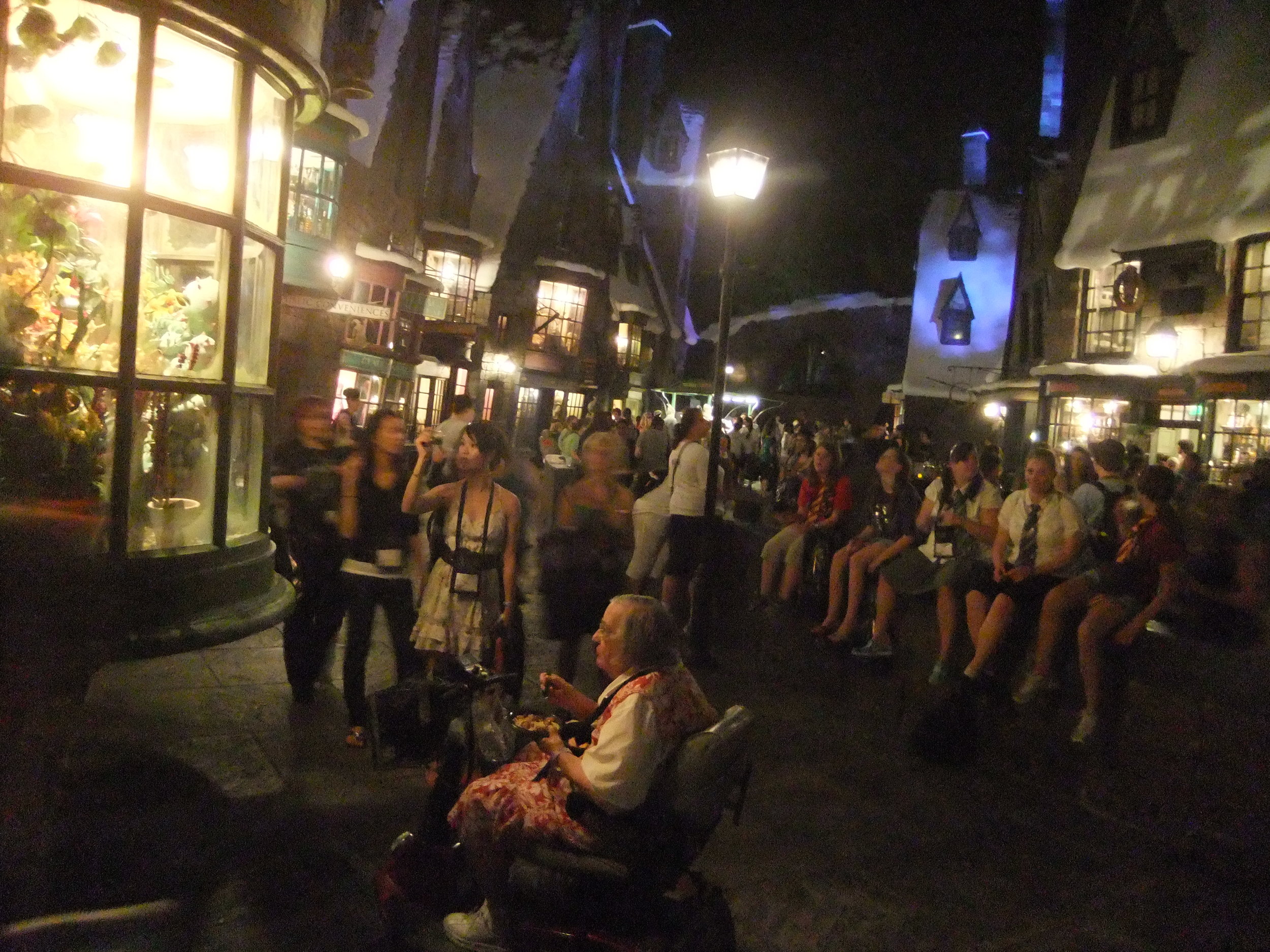
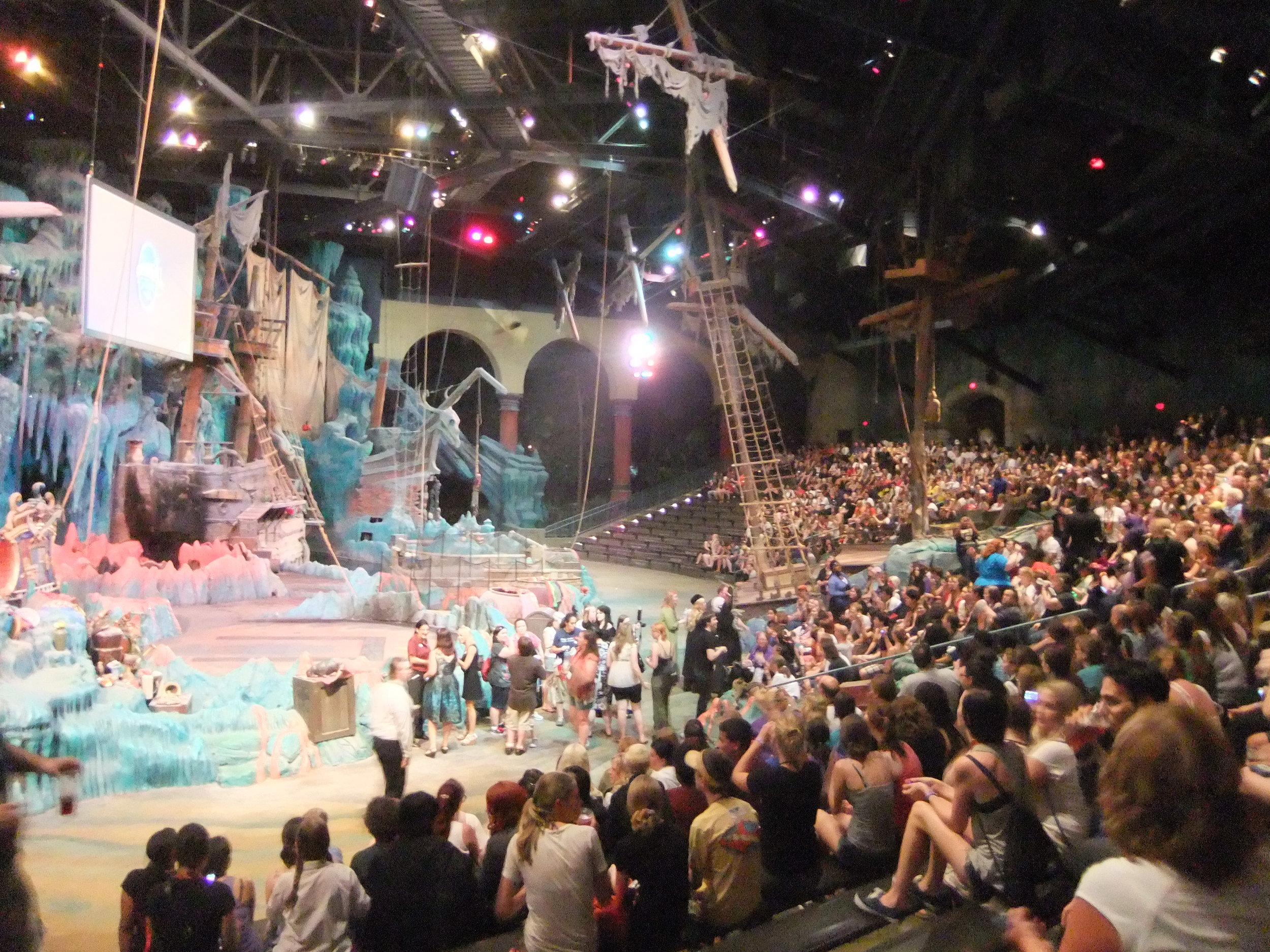
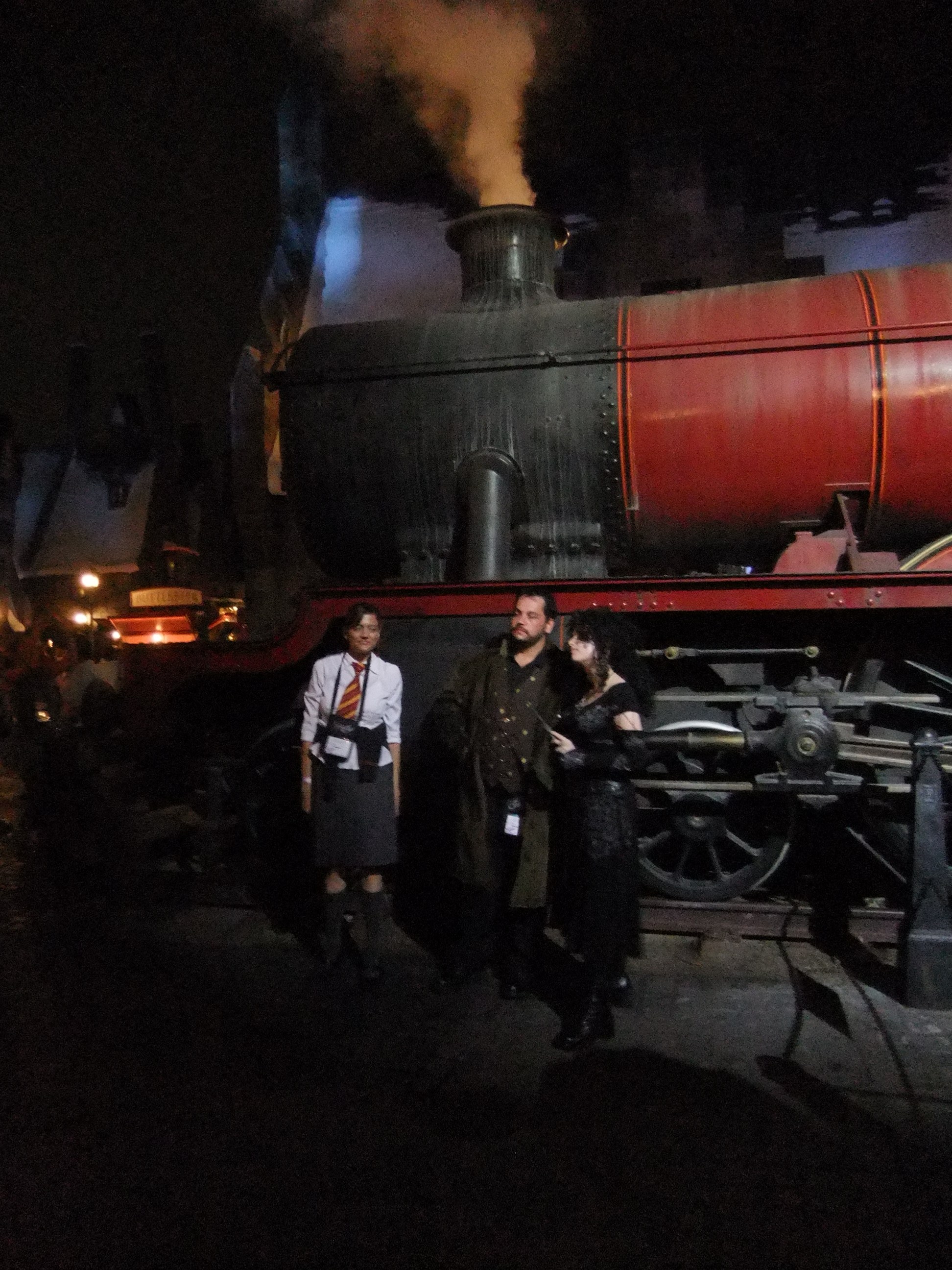
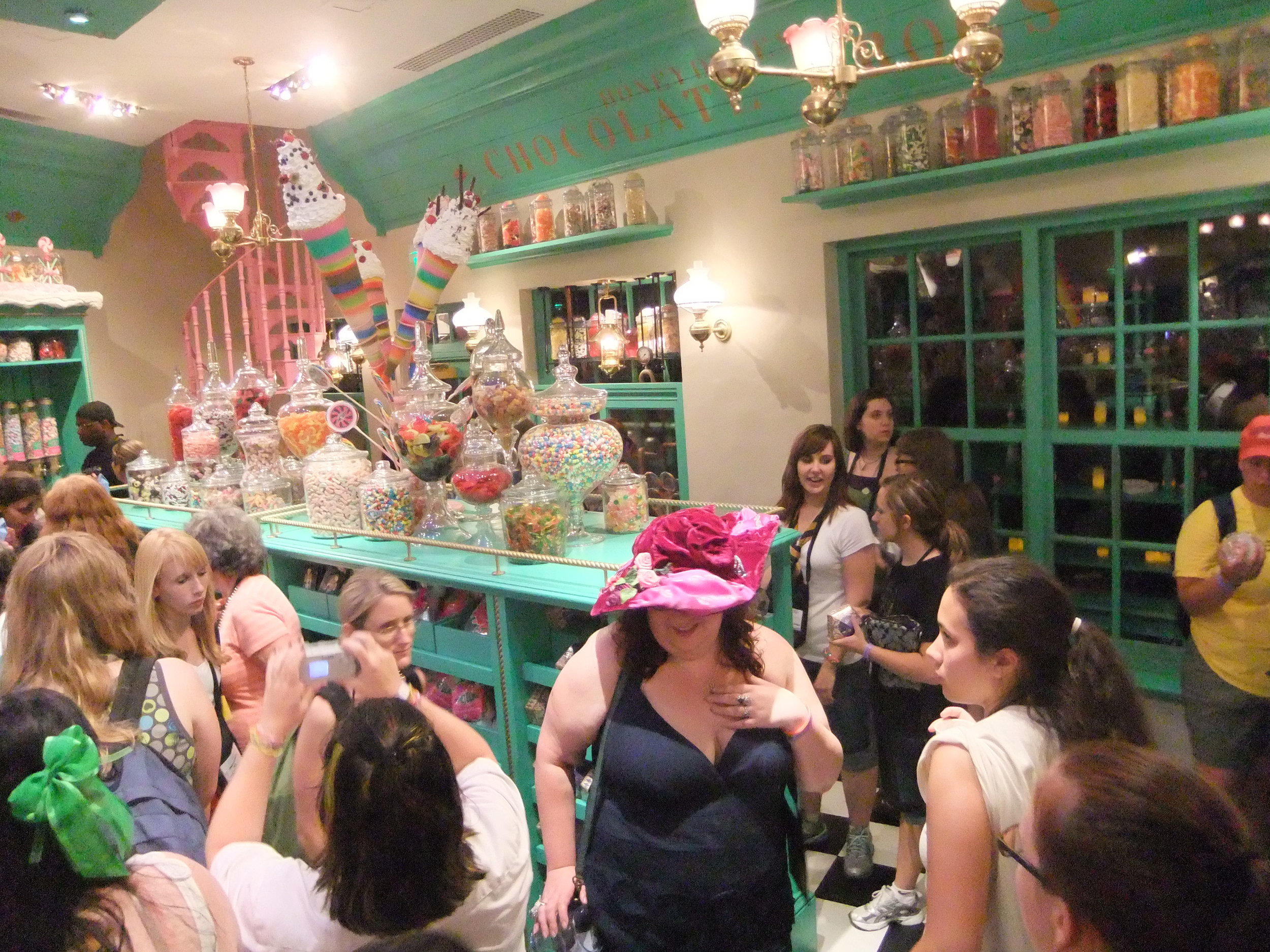
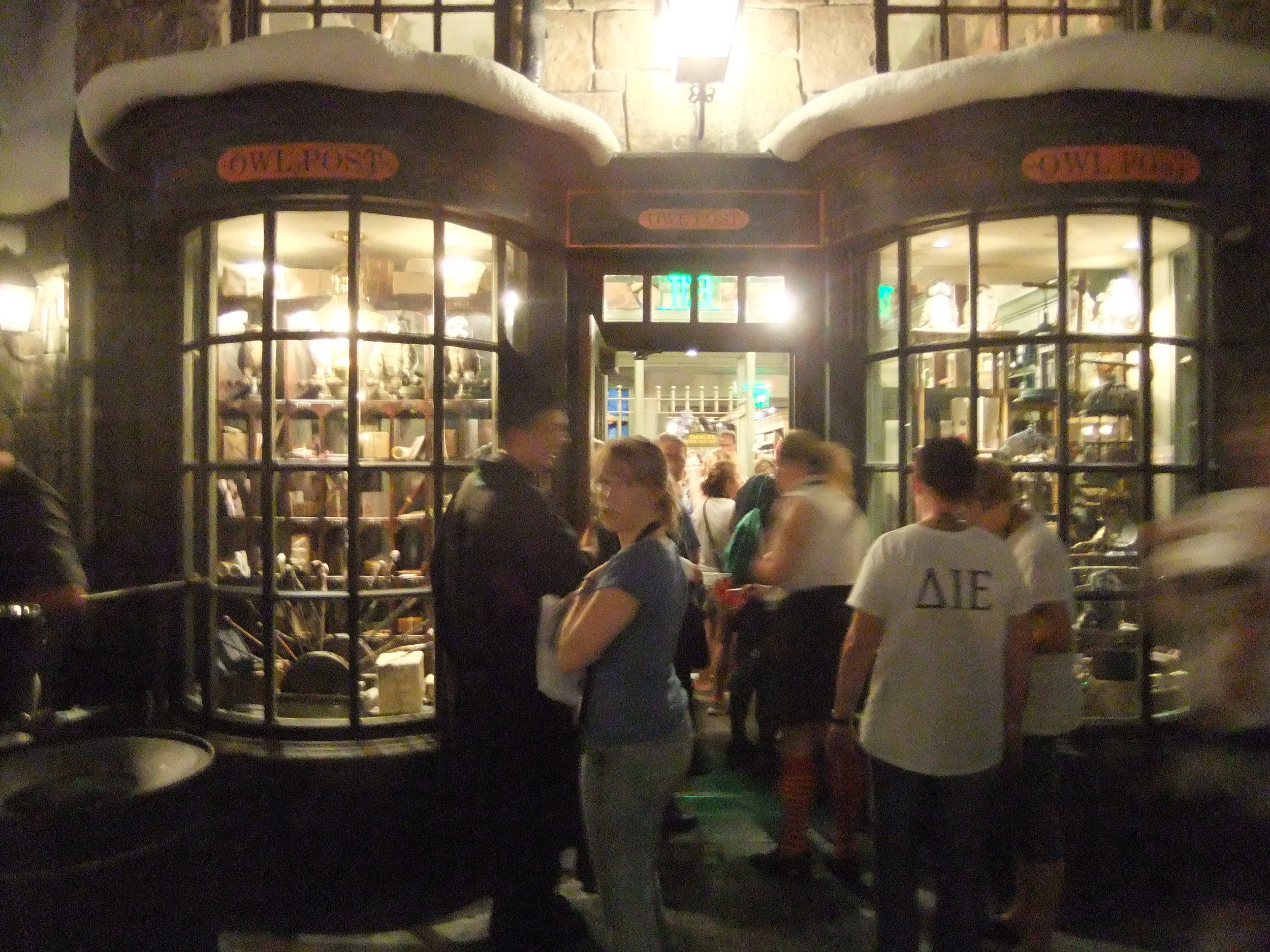

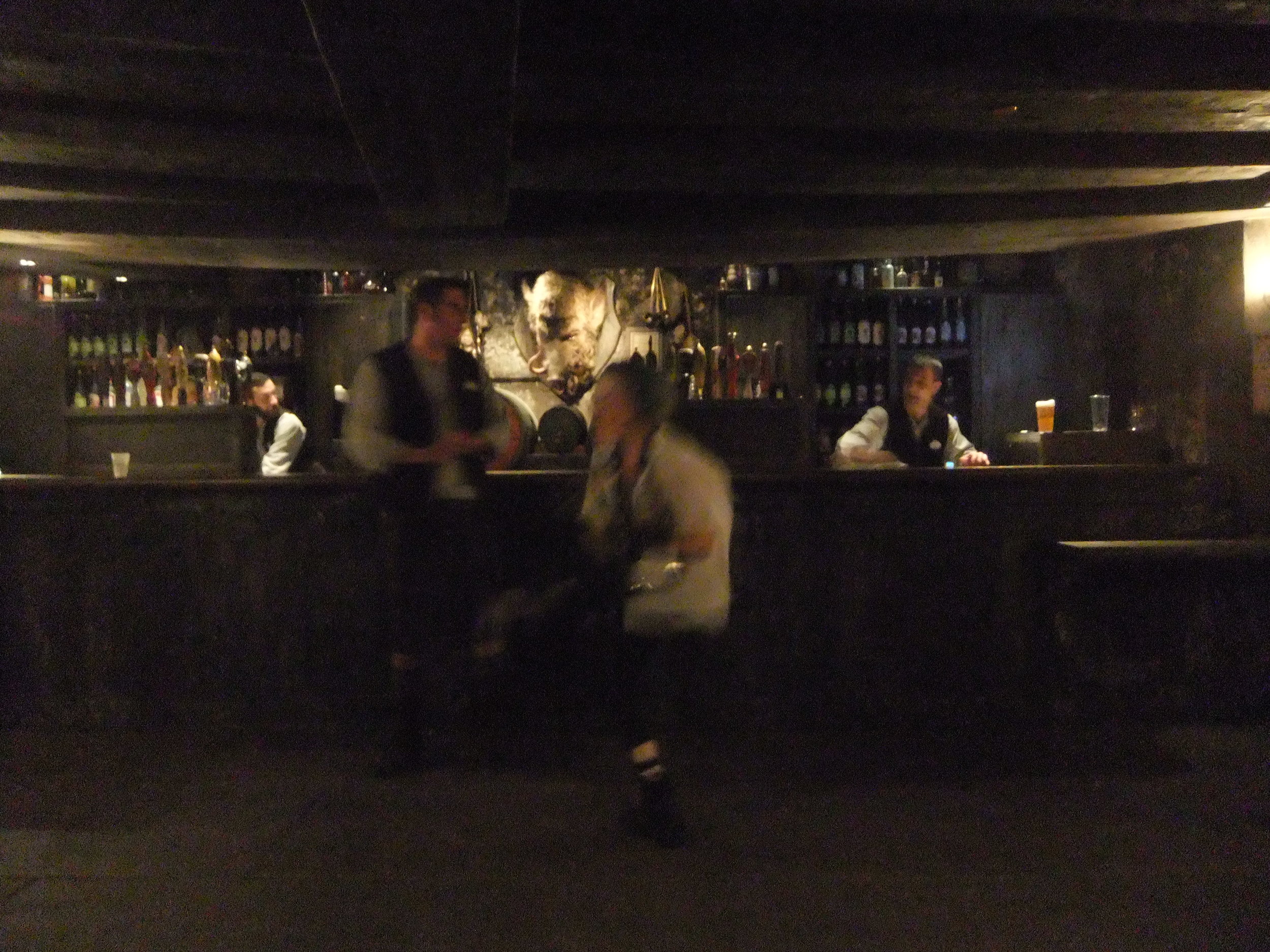
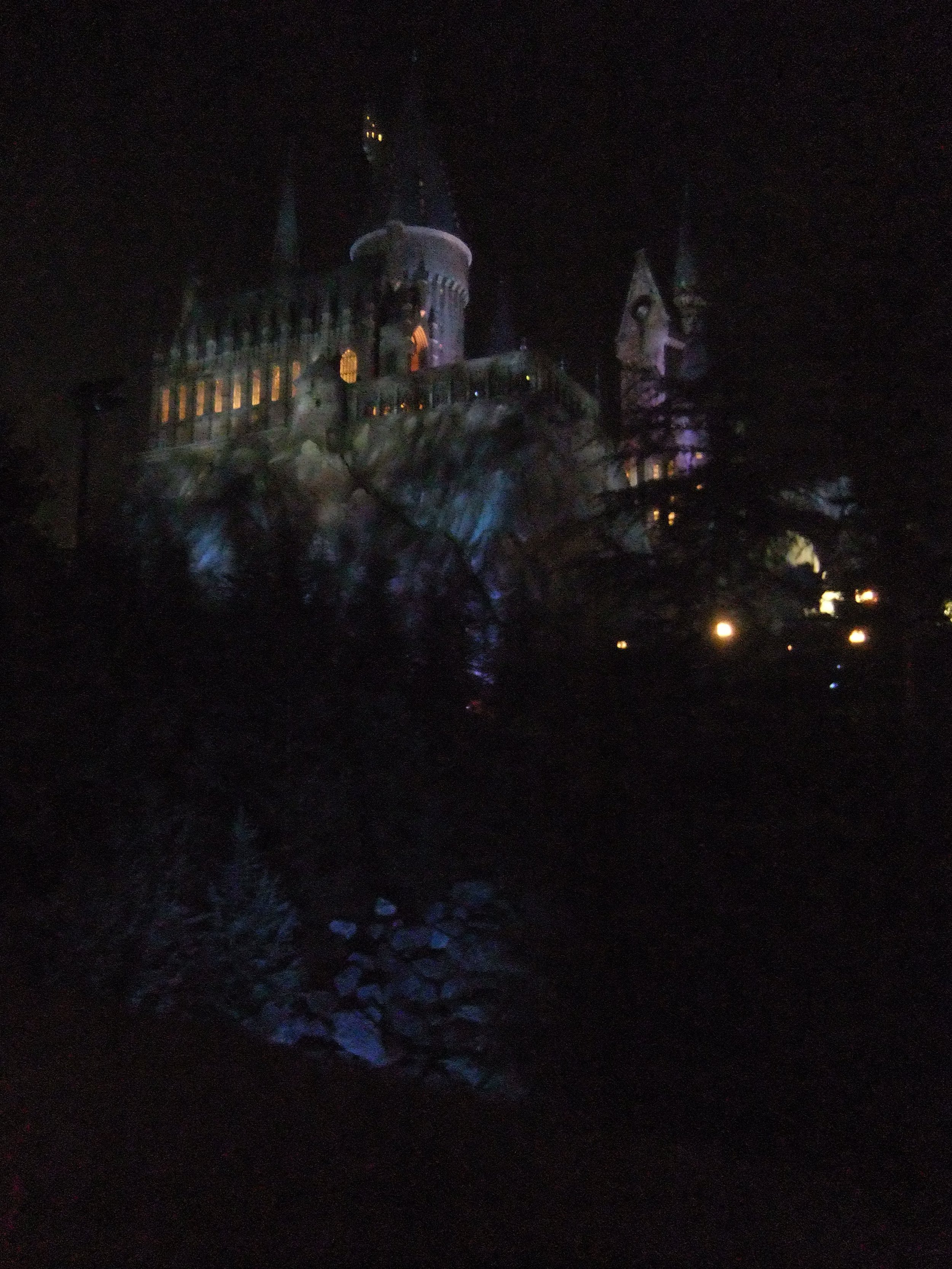
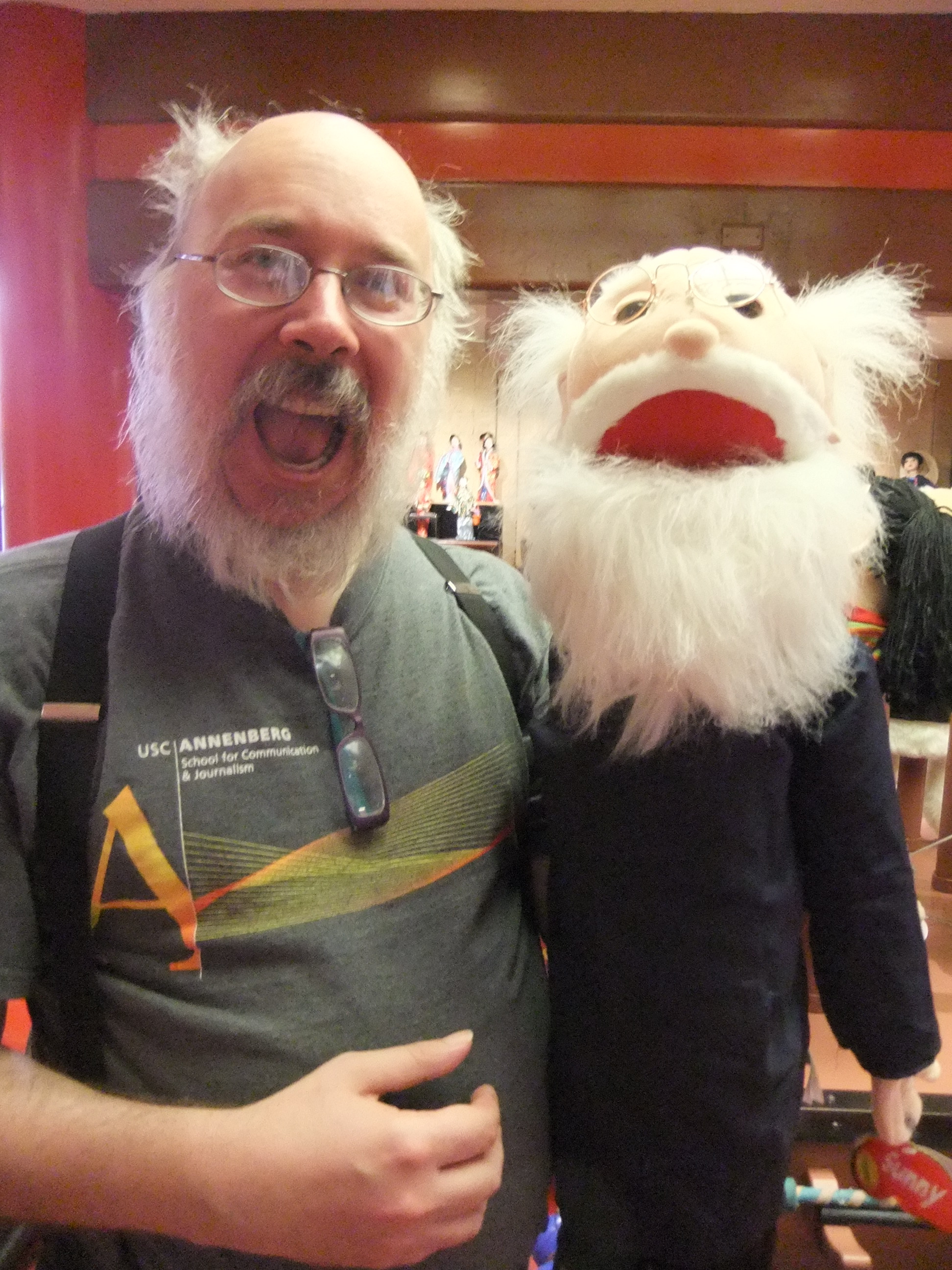
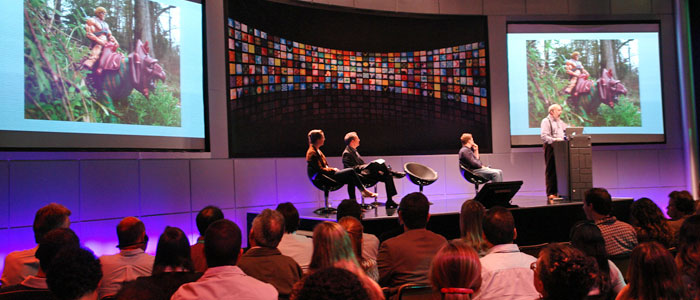

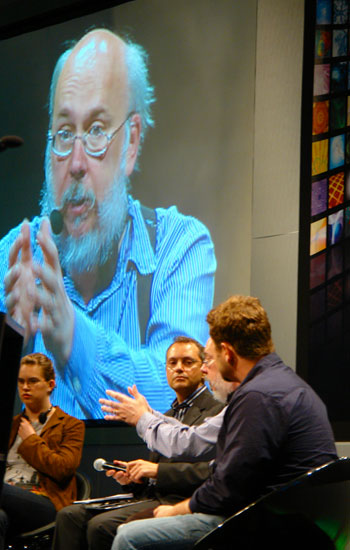
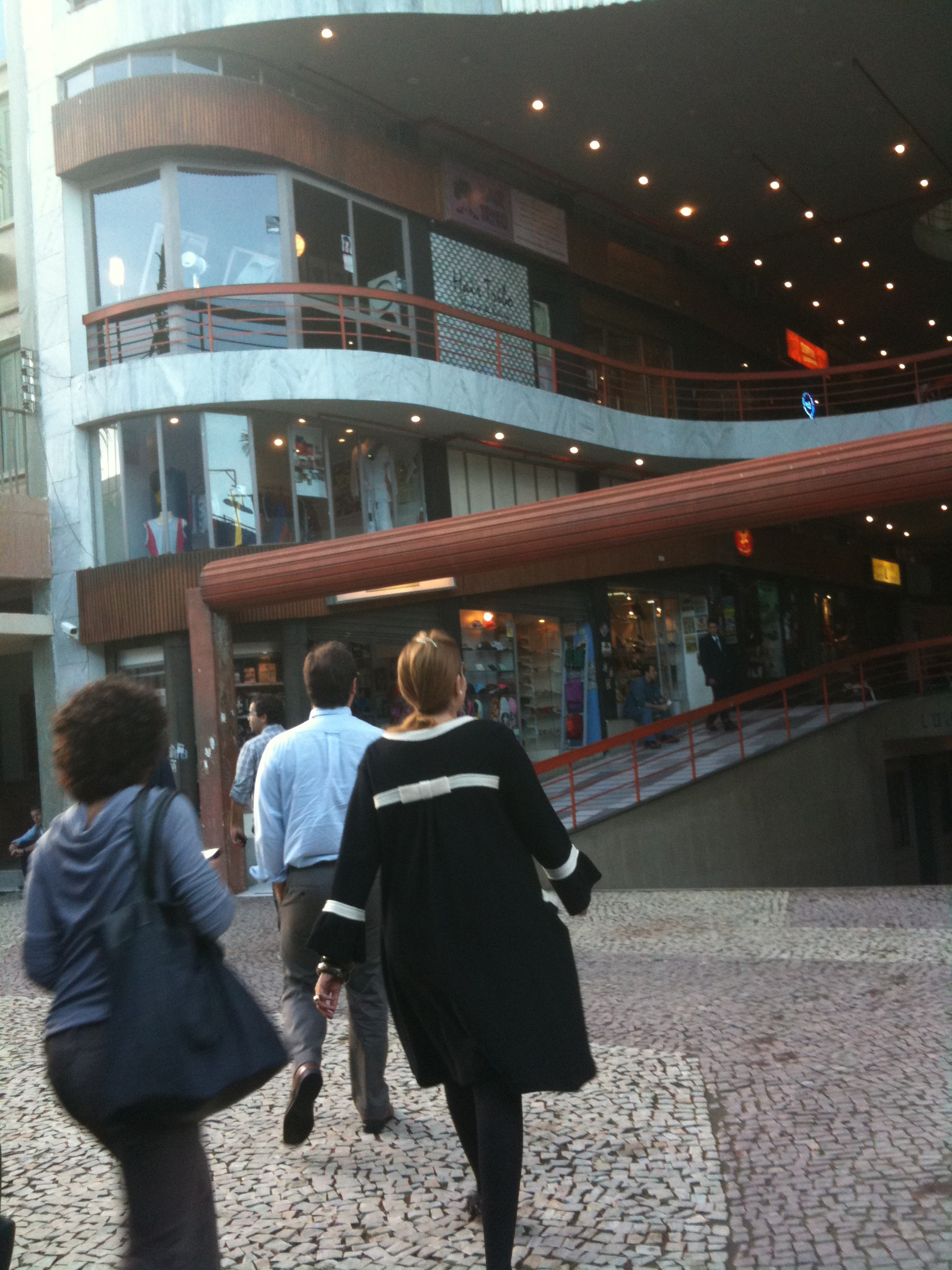
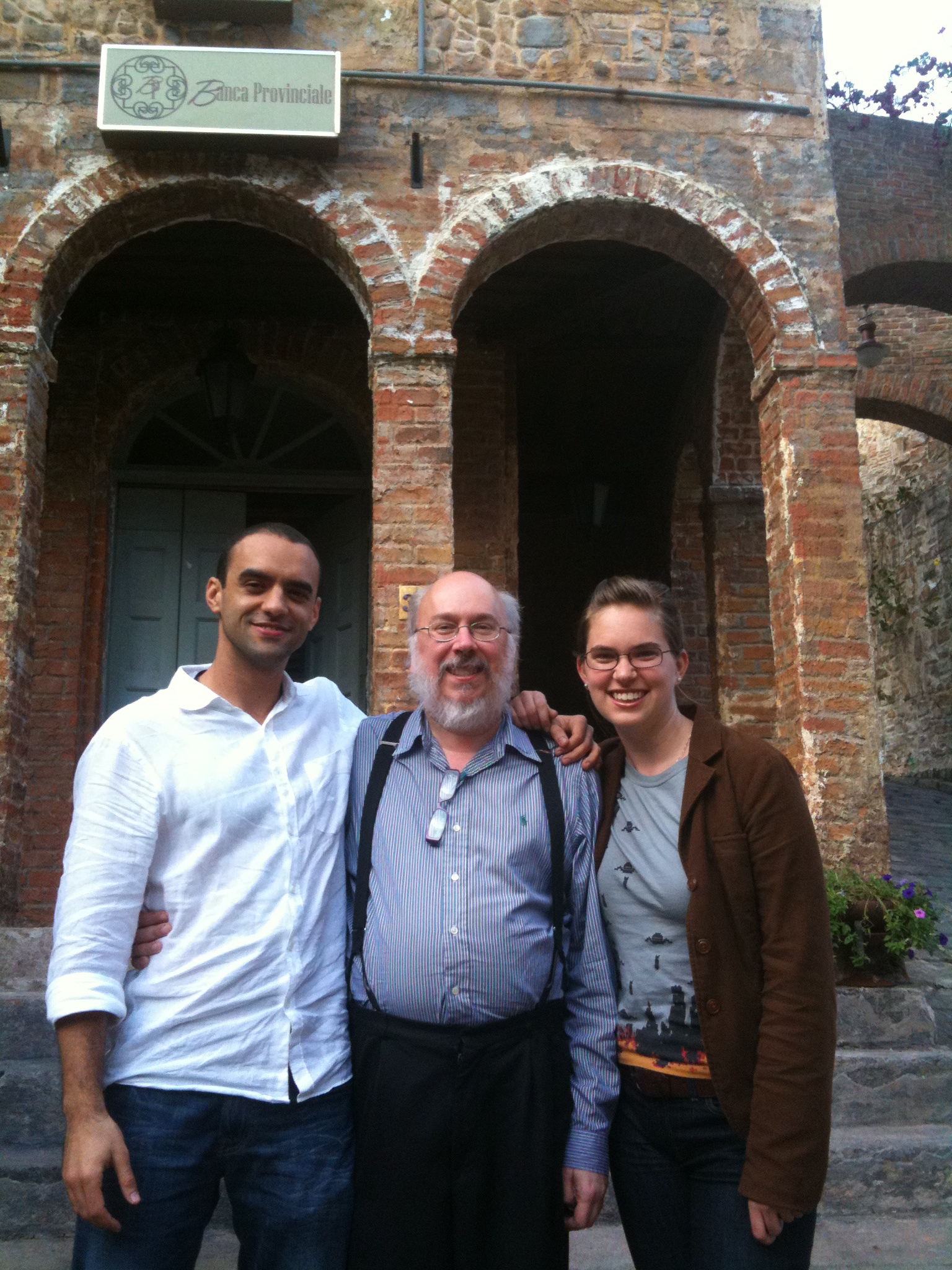
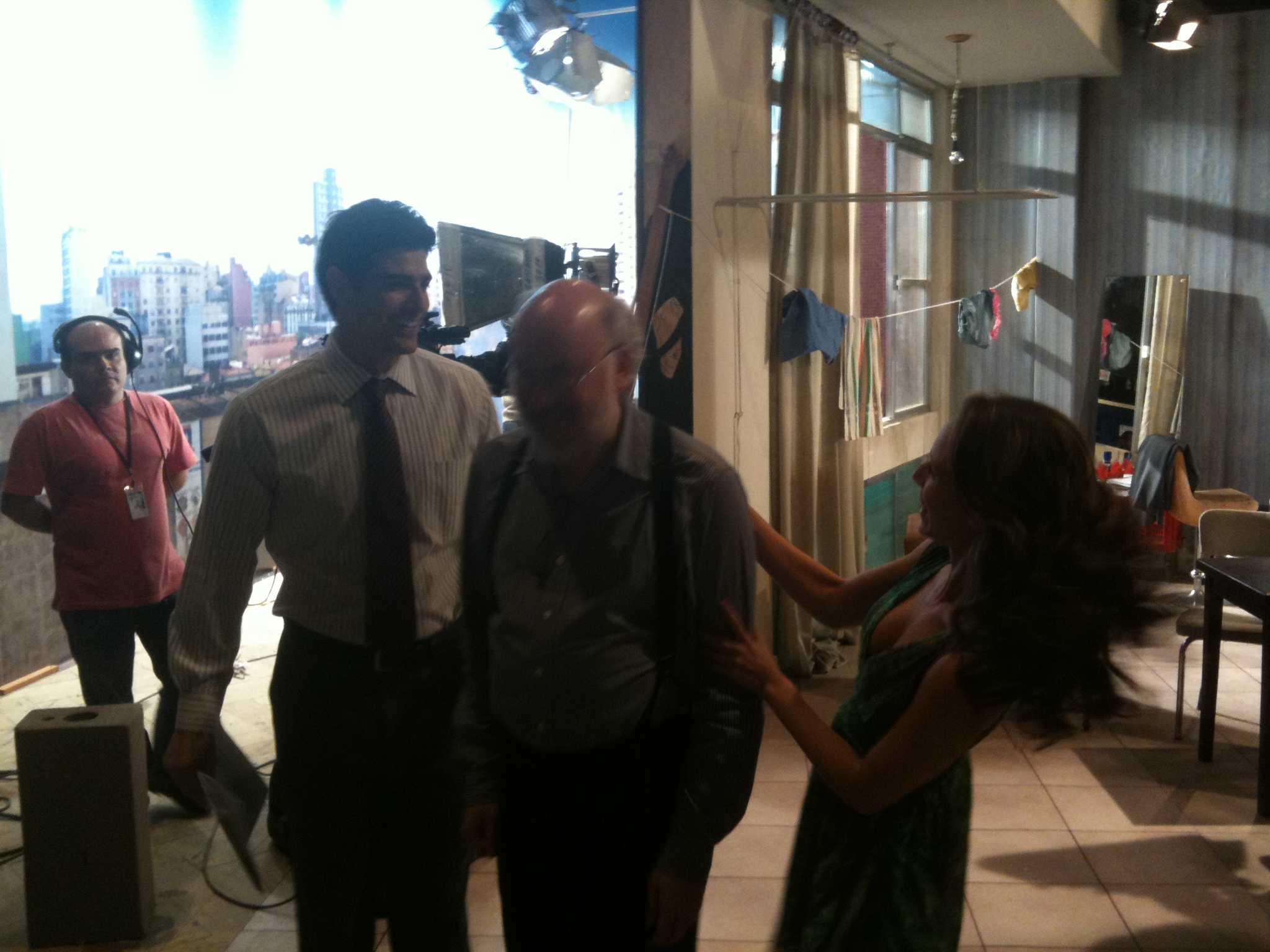
![Reblog this post [with Zemanta]](http://img.zemanta.com/reblog_e.png?x-id=f1b3a7b4-91f9-4e30-91f5-e6d92df9437b)

![Reblog this post [with Zemanta]](http://img.zemanta.com/reblog_e.png?x-id=c9d12056-4092-446c-8828-0bfa9beac86a)
![Reblog this post [with Zemanta]](http://img.zemanta.com/reblog_e.png?x-id=187d27f6-9699-4465-927b-26ee694655f2)
![Reblog this post [with Zemanta]](http://img.zemanta.com/reblog_e.png?x-id=831538e2-b9a8-4ae0-8fb8-a42f2c766d03)
![Reblog this post [with Zemanta]](http://img.zemanta.com/reblog_e.png?x-id=df5da5da-e80b-48d2-aa66-39488916b917)
![Reblog this post [with Zemanta]](http://img.zemanta.com/reblog_e.png?x-id=65aecda8-b7f1-46a4-9b80-8b947160dda3)
![Reblog this post [with Zemanta]](http://img.zemanta.com/reblog_e.png?x-id=54f406ee-808d-4a0a-a566-290e1559aa88)

























